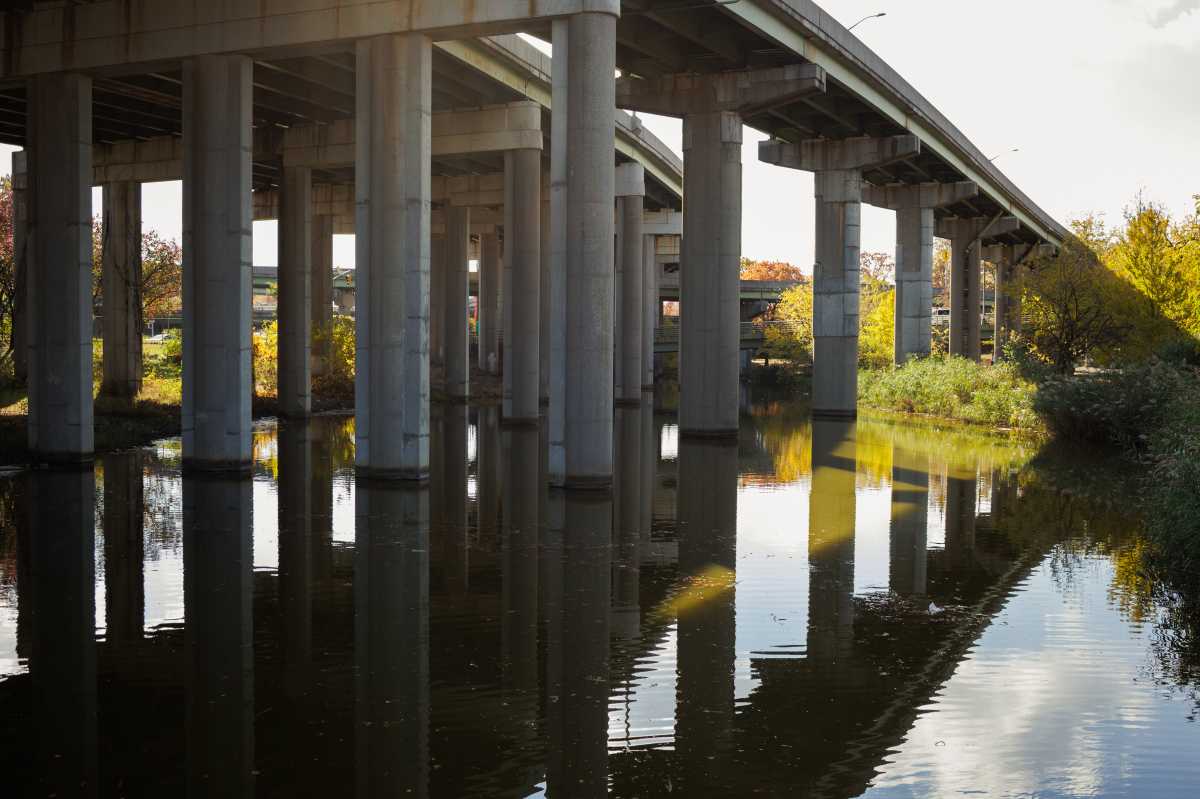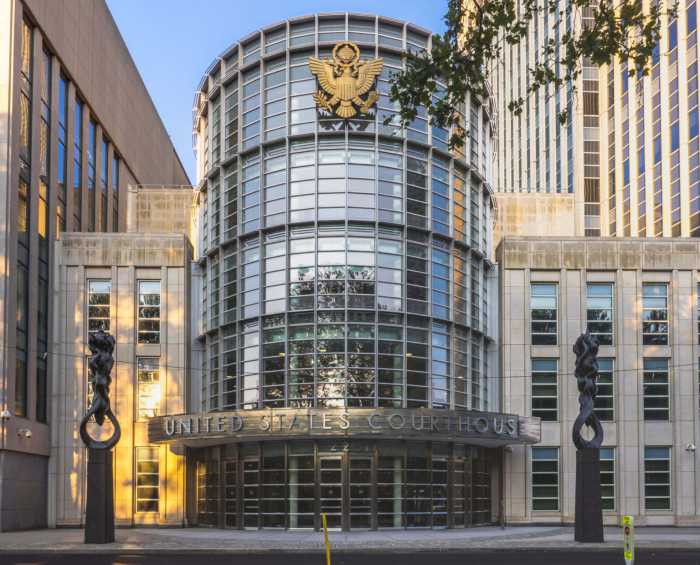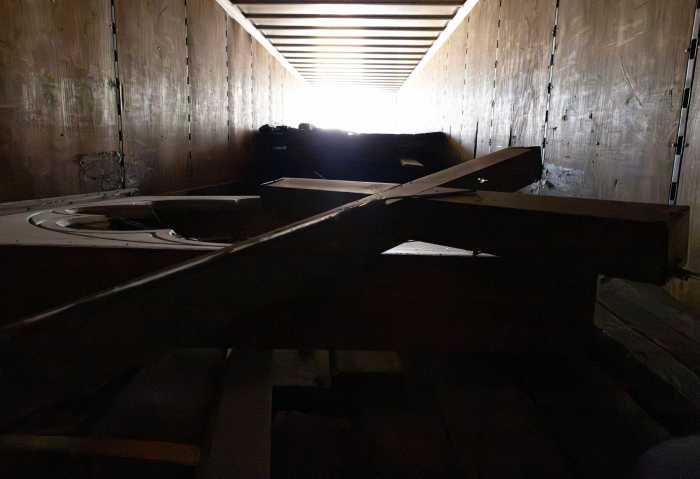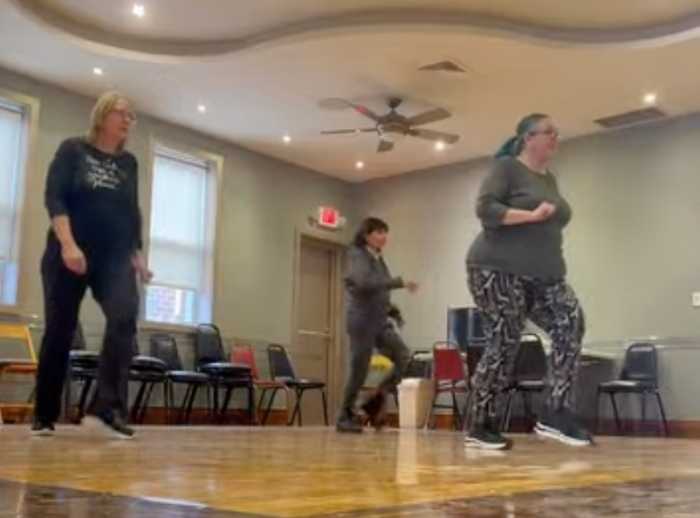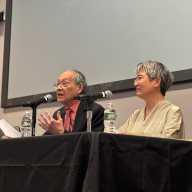Guardians of Flushing Bay hosted a daylighting walking tour of Flushing Meadows Corona Park, educating attendees about climate resilience and ecological importance. The tour, hosted Nov. 8 from 10 a.m. to 1 p.m., was led by artists Catherine Grau and Nadia Misir, who guided attendees through meditations at the park and what a daylit creek could potentially look like.
Guardians is a grassroots coalition of local residents, boaters and park users that advocate for environmentally conscious land use policies and improvement of waterways at Flushing Bay and Creek. The coalition, led by Executive Director Rebecca Pryor, provided community advisory on an October 2025 resilience report that made recommendations to help reduce flooding and restore the park’s habitat.
The initial study was conducted by advocacy organization Waterfront Alliance, Allee King Rosen and Fleming consulting firm, and landscape architect SCAPE. The subsequent report recommends daylighting Flushing Creek and reshaping Meadow Lake to address flooding and other ecological concerns in the area.
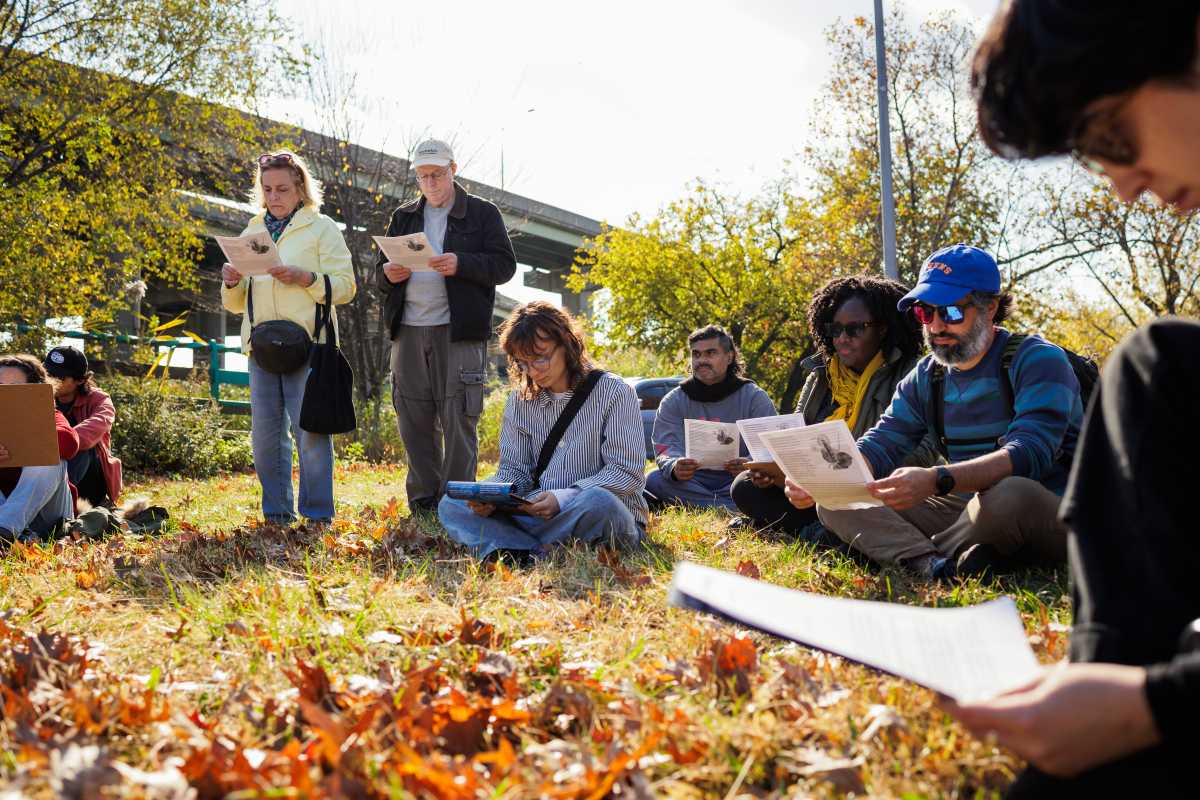
What is daylighting?
According to a 2009 publication by the Society of Environmental Journalists — a North American membership association of professional journalists dedicated to covering environment-related issues — daylighting is a method for state, county and local governments to manage flooding caused by storm surges.
The publication states that the process of daylighting frees waterways from culverts and paved channels, or waterways buried under manmade structures and pipes, and restores them to their “natural” state so they are better equipped to absorb stormwater during surges.
Numerous organizations — including the U.S. Environmental Protection Agency, the Water Environment Federation’s news service Stormwater Report, Naturally Resilient Communities and American Rivers — have noted significant benefits to creek daylighting as a way to mitigate flooding in areas susceptible to storm surges, especially in urban areas.
While they note costs for certain projects can be high depending upon scale and technical expertise needed to complete it, funding is available for projects that qualify and local governments could potentially save on long-term maintenance costs for infrastructure damaged by flooding.
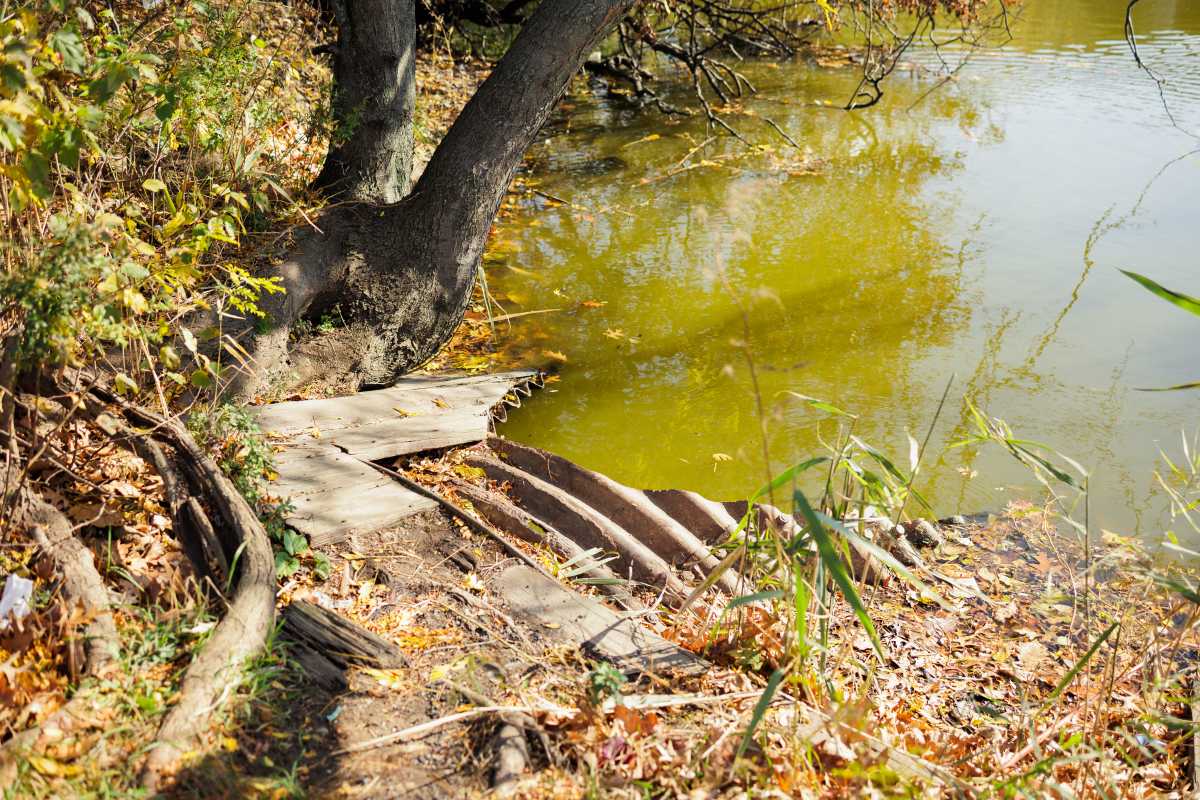
The tour’s journey
Over a dozen people met for the three hour walking tour at David Dinkins Circle, at the north entrance of the park, before walking south to the Unisphere — the site of the 1964 World’s Fair. The group then journeyed along Flushing Creek, which flows next to Meadow Lake Promenade, crossed the pedestrian bridge under the Long Island Expressway and Van Wyck Expressway, and ended the tour at the Fountain of Planets across from the Unisphere.
Grau first led the group through artistic musings about what the park would have looked like without Western influence, encouraging attendees to imagine animals navigating through the landscape with no walking path for humans.

As the group approached the Unisphere, the artist educated attendees about what the area looked like before the land was developed, using a stone-etched map at the foot of the structure to demonstrate changes made to the landscape from prehistoric times. Participants then traced the waterways on the map with water and paint brushes to help visualize the flow of the creek.
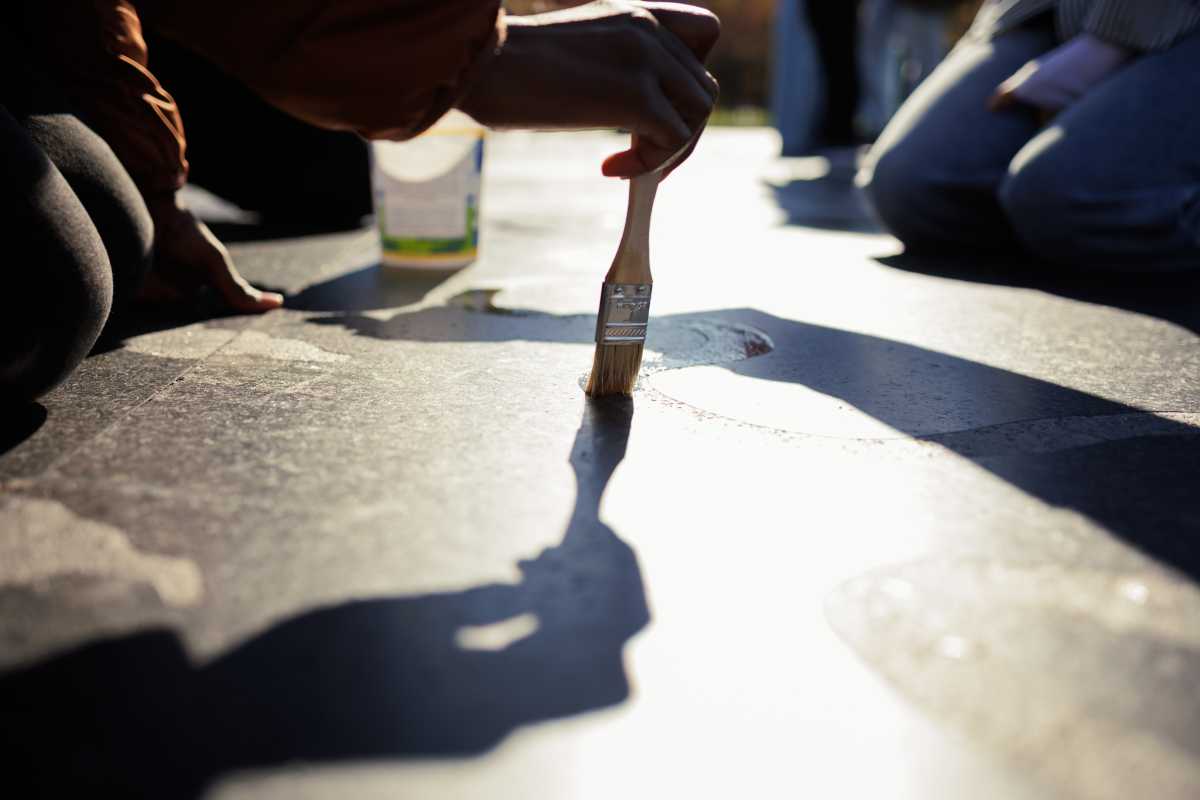
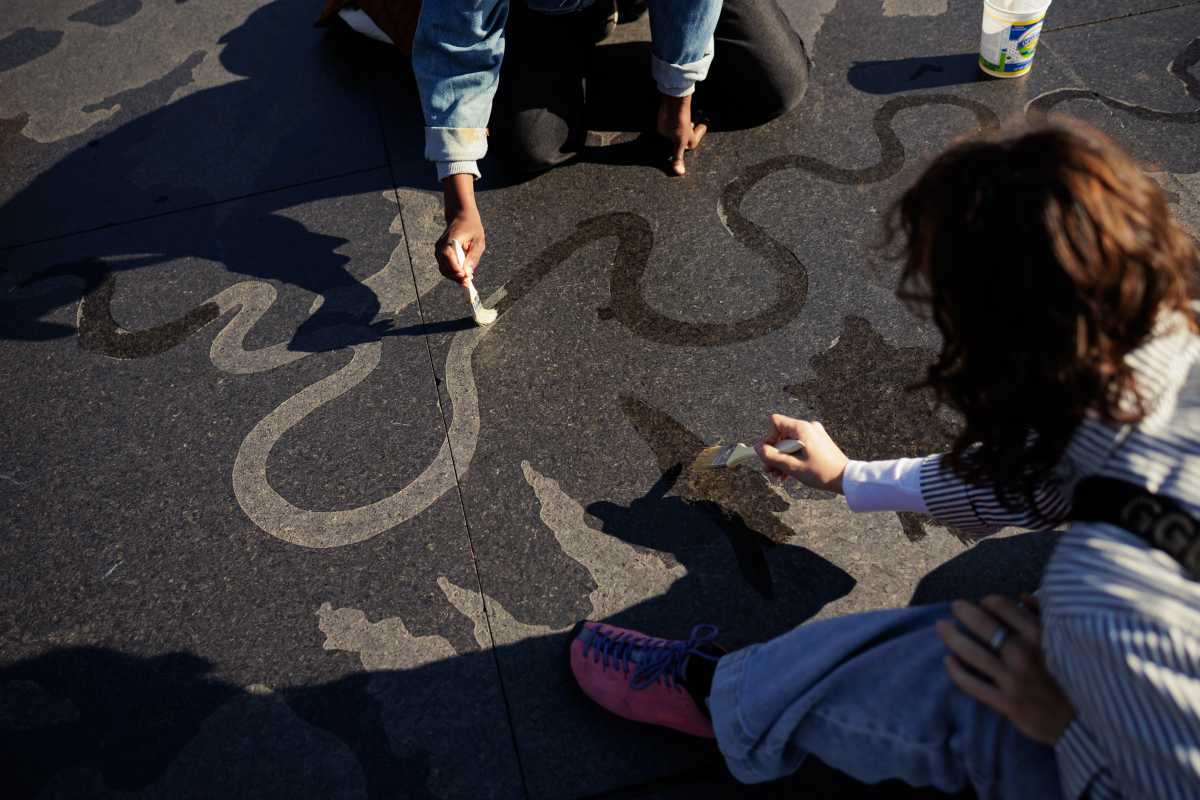
As attendees entered Meridian Road Bridge, the artists pointed out two pipes where the creek is channeled through, ultimately burying the waterway under the expressways. Once at the foot of the bridge, where the walkway meets the creek, Misir read “Sea Grape Consciousness” by Alexis Pauline Gumbs, which meditates on the survival of a sea grape tree after a series of floods.
Misir introduced a writing prompt asking attendees to describe their senses in the moment. Attendees then closed their eyes and expressed their wishes for the water, calling out things such as, “I wish the water to be unburied,” and “I wish the water room to breathe.”

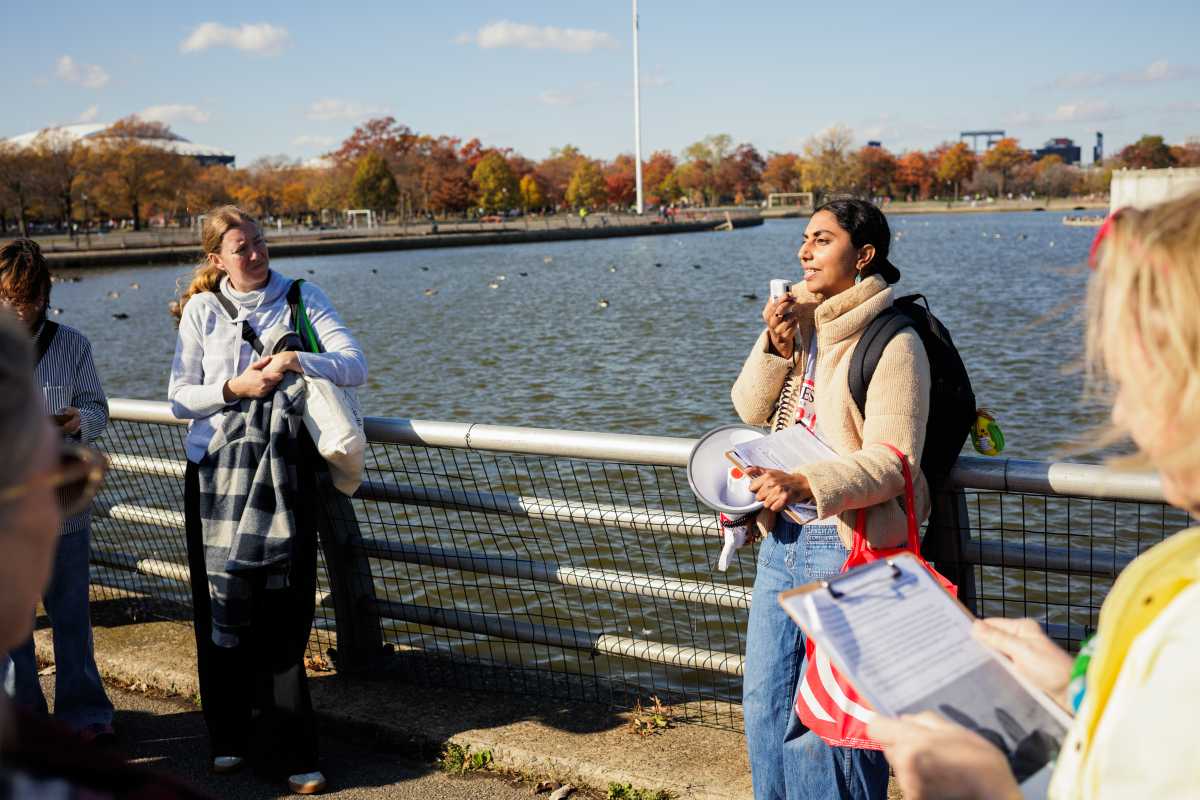
Personal musings
According to Rebecca Pryor, who has been executive director of Guardians for almost five years, using art to conduct the walking tour was an important aspect of imagining “radical” revisions to the park’s waterways and solving the pressing ecological issue of flooding in the area.
She said the coalition has been hosting two walking tours per year since 2023 and focusing on “cultural” daylighting, which she described as relieving the creeks and streams through arts and cultural practices.
“I think one of the really beautiful things about daylighting as a restoration practice is that it is one of the most transformative practices,” Pryor said. “It both transforms the space, but it also transforms people’s relationship to the ecosystem itself because you have to start becoming aware of what’s underneath you, how it’s been changed and how you might want it to be and actually like pushing that into effect is all part of that transformation.”
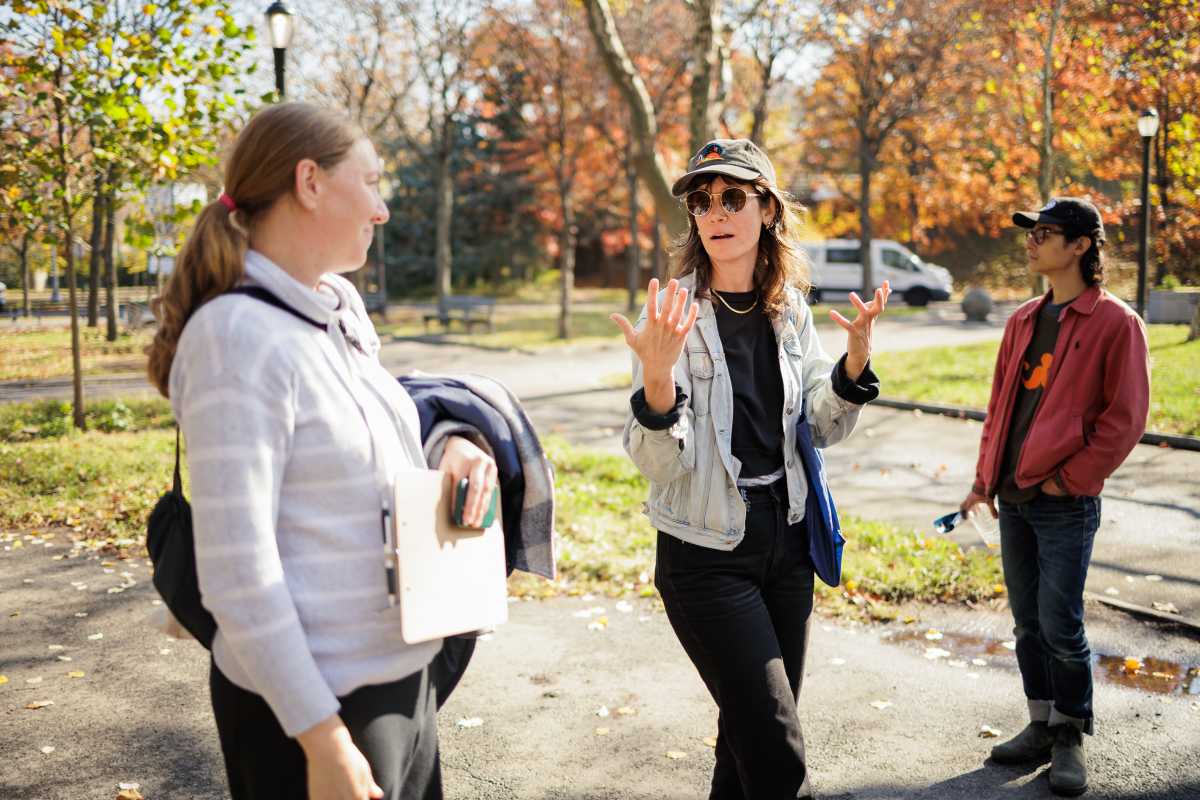
Catherine Grau, who holds a bachelor’s degree in fine arts from Pratt Institute and a master’s degree in fine arts from Bauhaus-Universität Weimar, said she started researching the creek in 2017 after she’d begun curating a project, Chance Ecologies, two years earlier.
According to the Chance Ecologies website, the project provides a framework for researching, investigating and documenting naturally occurring ecological structures impacted by human development.
The artist worked at the Queens Museum from 2018-2024, first as a public programs coordinator and later stepping into the role of community partnership manager, during which she fostered relationships with community and cultural organizations such as Guardians.
She said her role in the Flushing Creek project has largely been as a visionary, often taking locals on walking tours to help them picture what ecological change could look like. Many locals don’t know what daylighting is, she noted, and some don’t even know there is an underground creek at all.
“As soon as they had that knowledge and visuals of what it could be like, I feel like that’s such a supercharge to making something a reality, because when you can imagine it, you can make it real,” she said.
She has always envisioned daylighting the creek, Grau said, but seeing SCAPE’s architectural renderings of the project brought it to an entirely new level that runs even deeper than her own vision as an artist.
“I feel so excited because it feels, you know, a huge step ahead from what artists were envisioning,” Grau said of the plans. “It just feels like it’s just much more of a reality now. It’s more tangible.”

Grau also shared her personal connection to the creek. She described herself as someone with a strong affinity for other beings, which includes a deep respect for naturally occurring entities such as landscapes and waterways. The ways in which human development disrupts the natural rhythm of these beings, and how human supremacy thinking is damaging our surroundings, is what Grau intends to understand and teach others.
“For me, I want to learn from the water,” Grau said. “I want to learn from the trees, I want to learn from the grasses and that’s kind of what’s pulling me and being in a site where so much damage has already been done, it feels like that conversation can be more charged somehow.”

